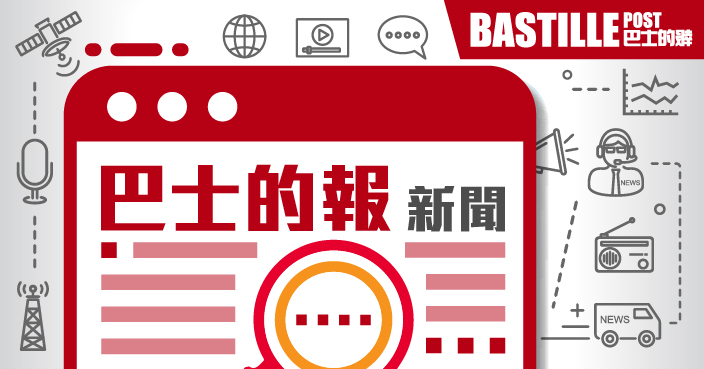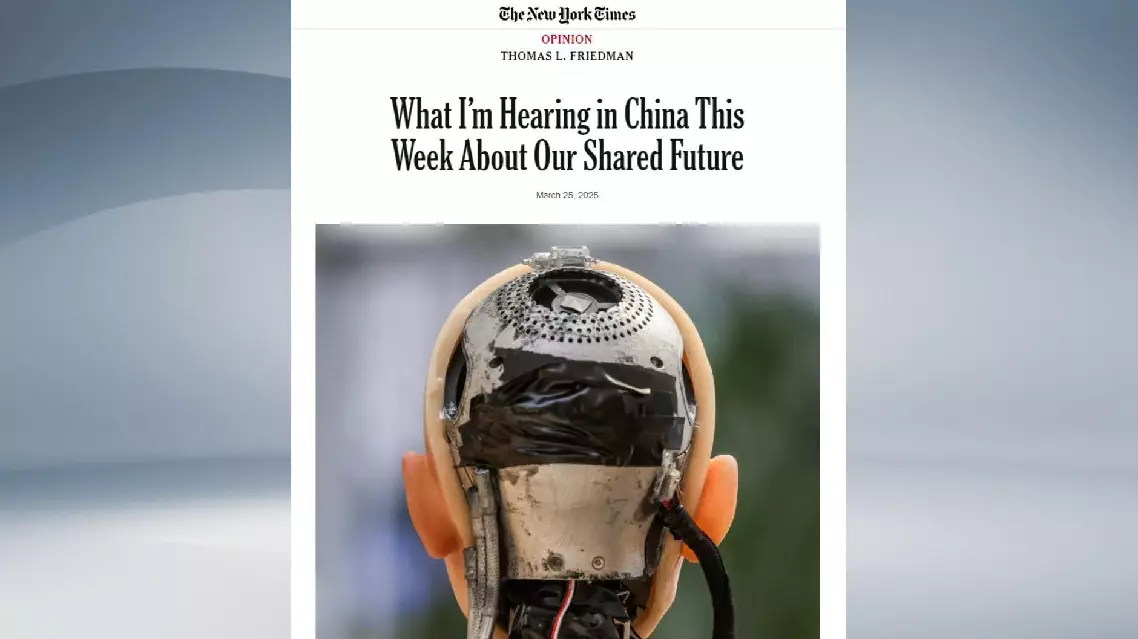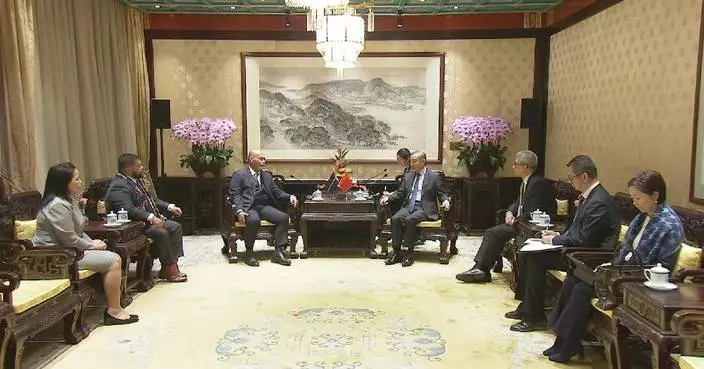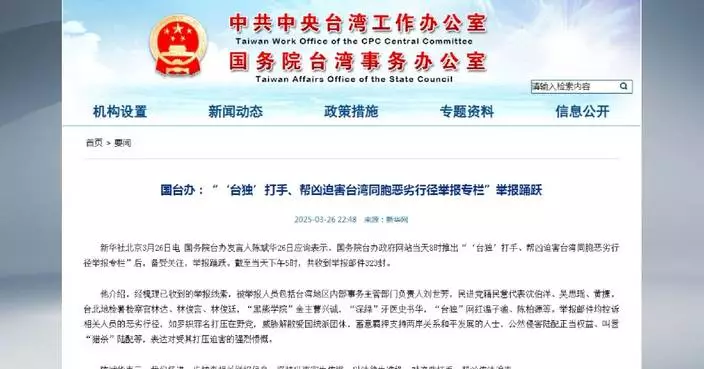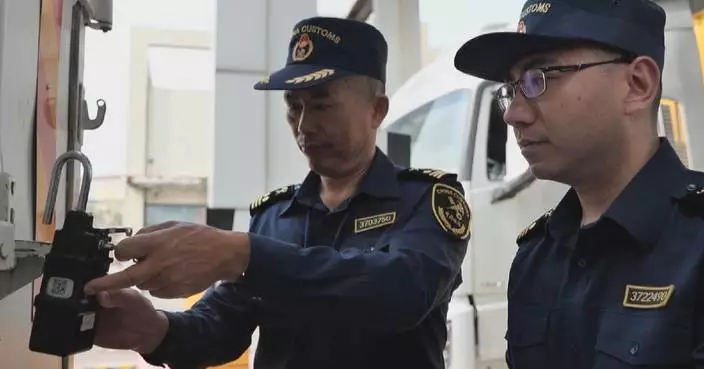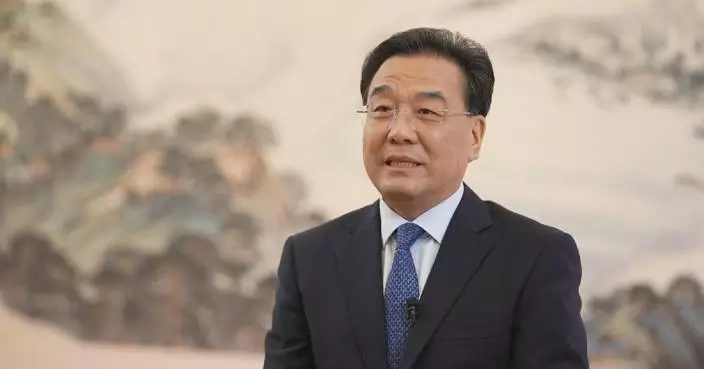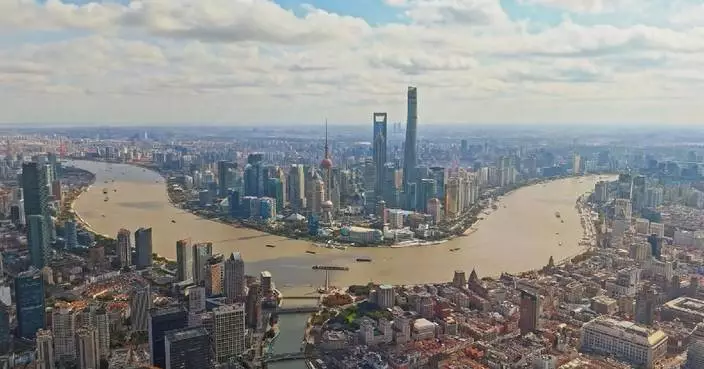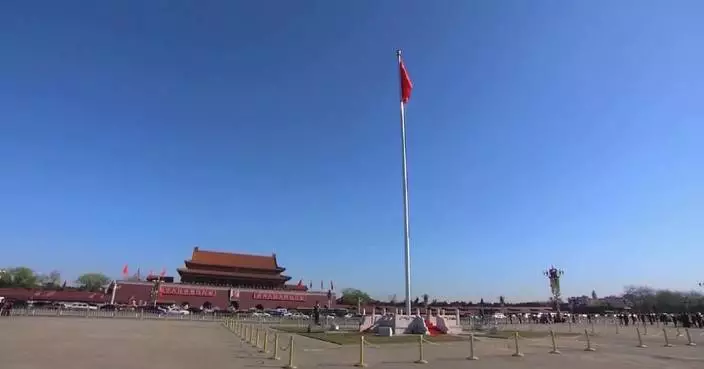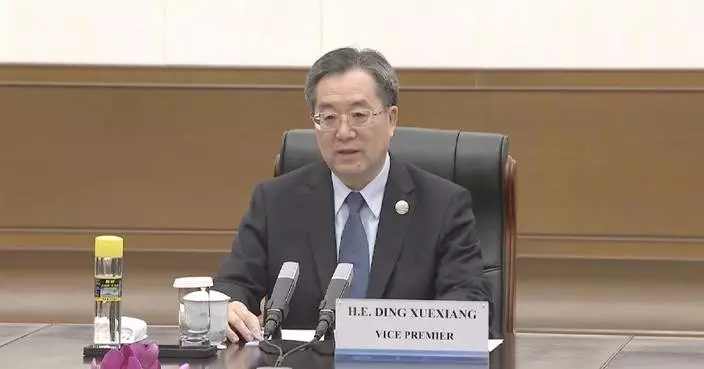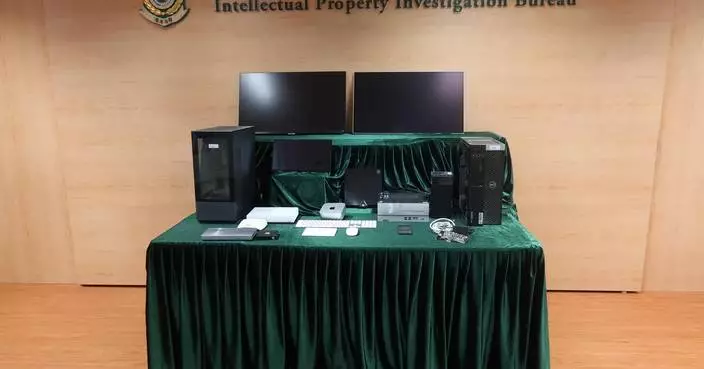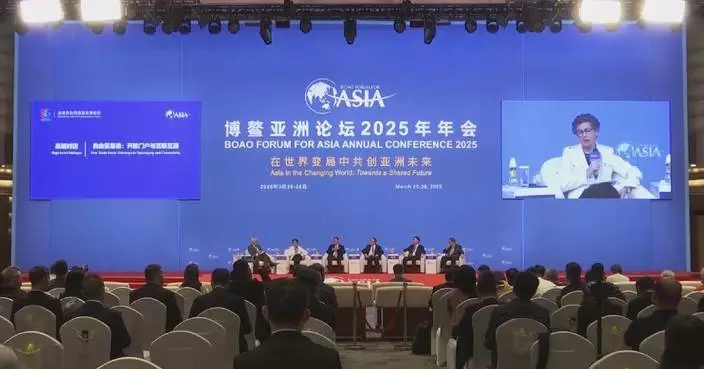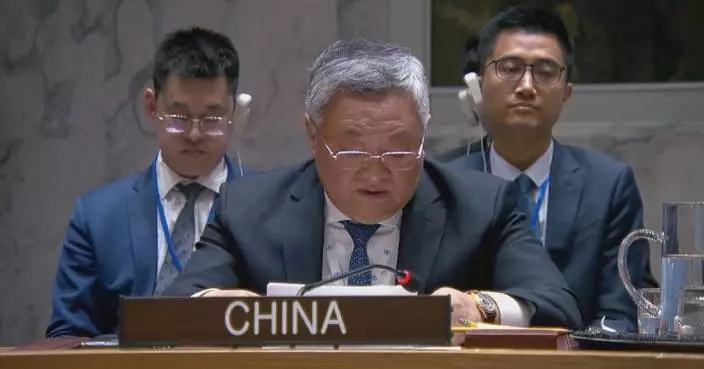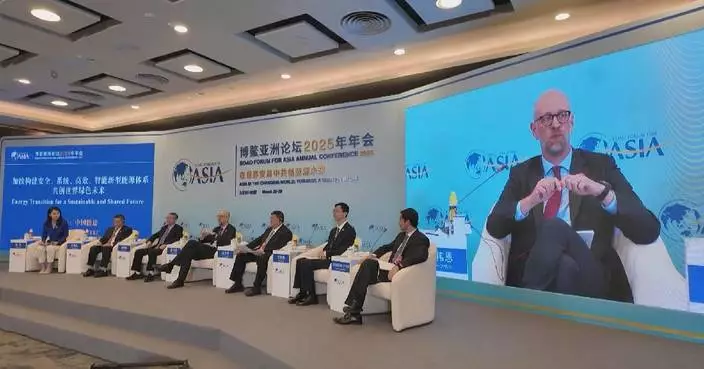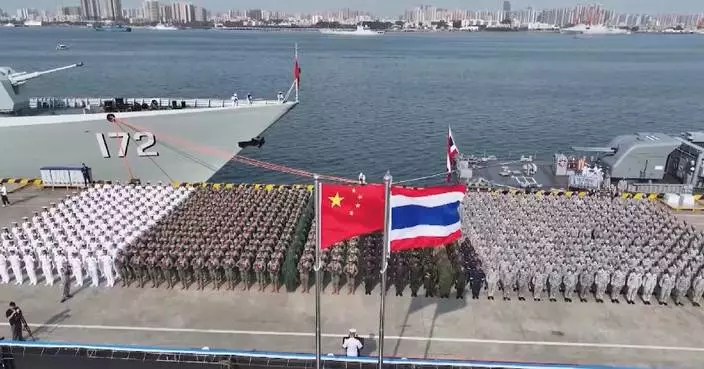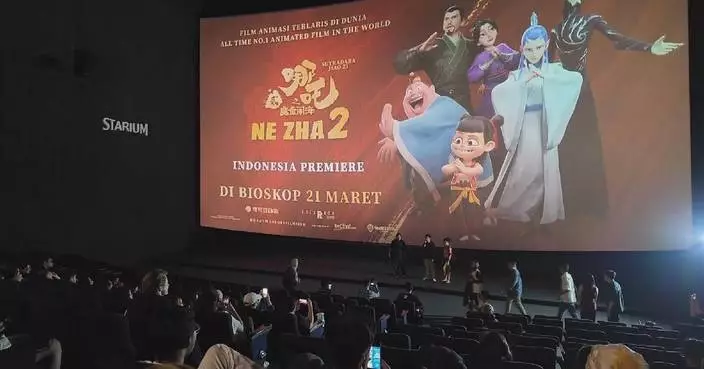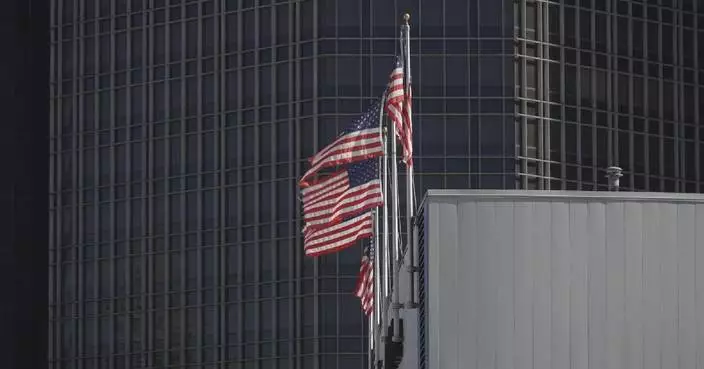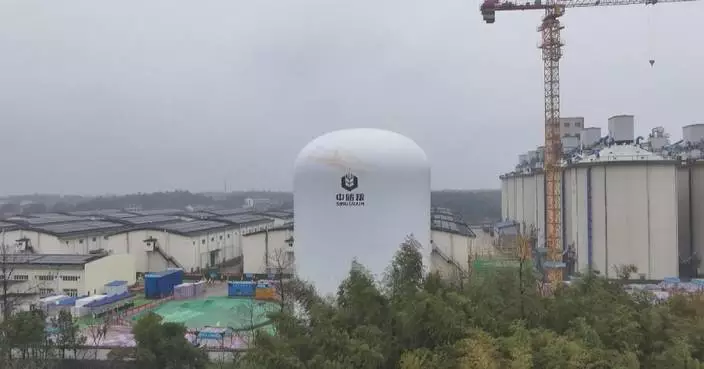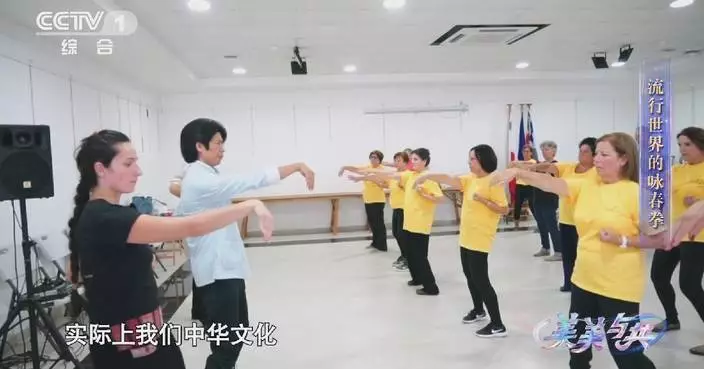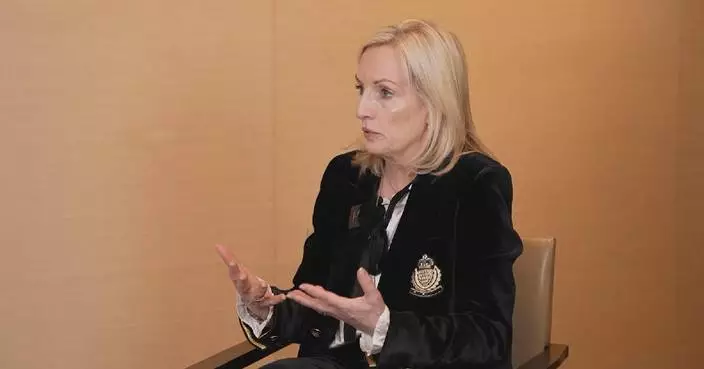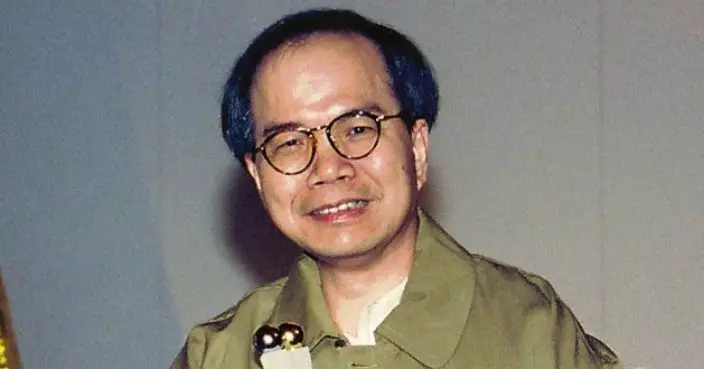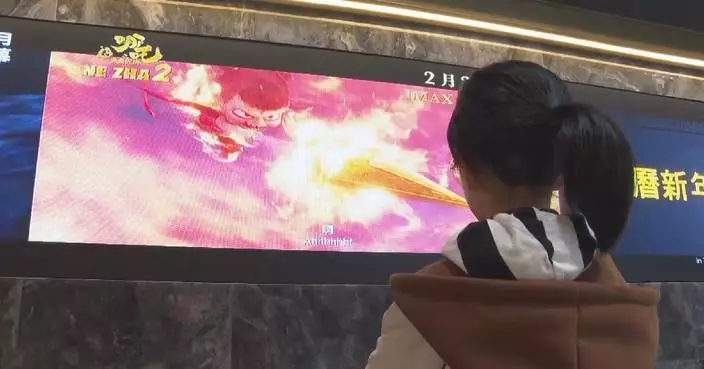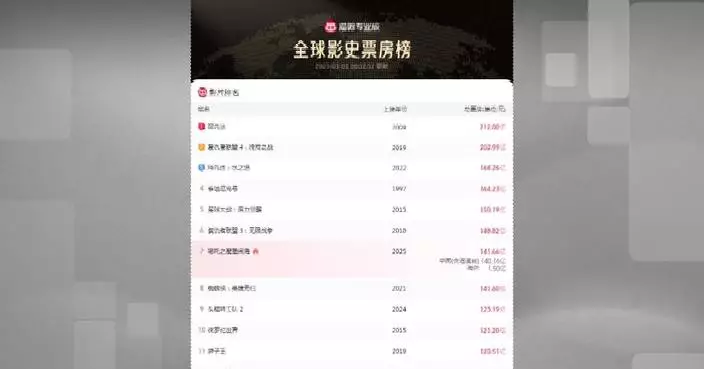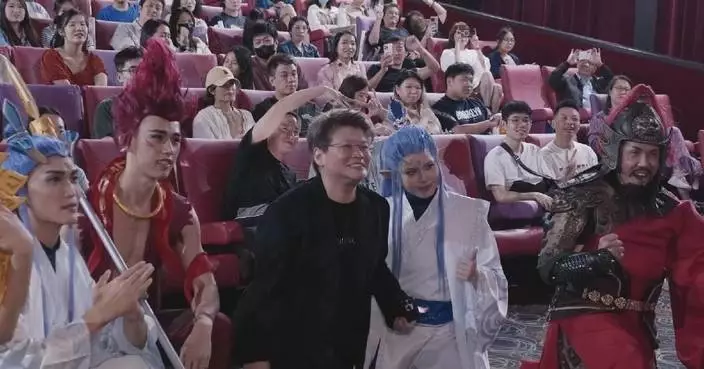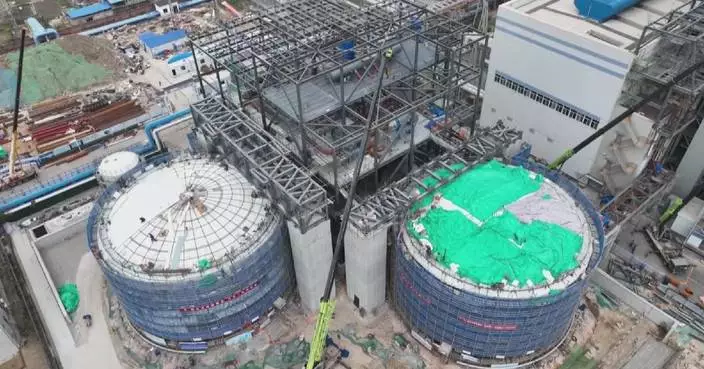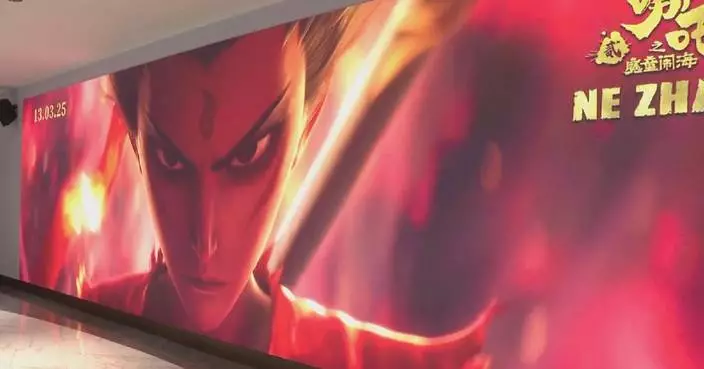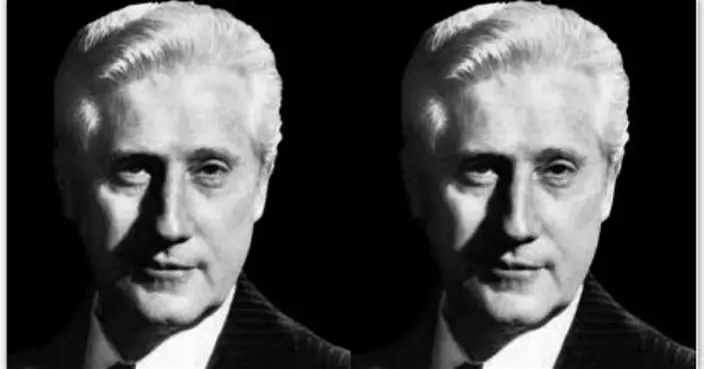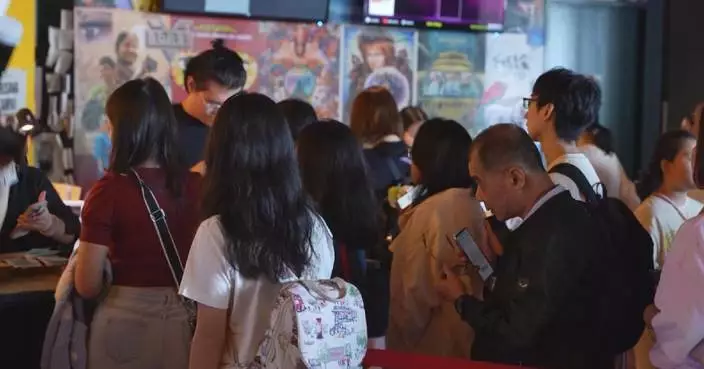The operation of the Shenzhen-Zhongshan Link, a mega cross-sea passage in southern China, has not only made travel more convenient for local residents but has also sparked a regional tourism boom, as evidenced by the surge in summer holiday travel among different parts of the Guangdong-Hong Kong-Macao Greater Bay Area (GBA) city cluster in the vicinity.
Spanning 24 km and featuring two bridges, two artificial islands, and an underwater tunnel, the link has drastically reduced travel time between the city of Zhongshan and the technology hub of Shenzhen, which sit on opposite sides of the Pearl River Estuary leading to the South China Sea. The journey between the two destinations now takes around 30 minutes, down from two hours previously.
This enhanced connectivity has made it easier for tourists, both local and from surrounding areas, to visit the landmark Shenzhen-Zhongshan Link, spurring cultural and tourism exchanges.
One of the most popular destinations benefiting from the link is the Tourism Area of Sun Yat-sen Hometown in Zhongshan City.
By 09:00 on Tuesday, a long queue of tourists had already formed outside the entrance, with many visitors arriving by car.
Born in 1866 in Zhongshan City, Sun is known for his leading role during the 1911 Revolution, which overthrew the imperial Qing Dynasty (1644-1911) and ended more than 2,000 years of feudal rule in China.
"It's convenient for us as we can make a round trip [through the Shenzhen-Zhongshan Link] in a single day. It's my first time experiencing the culture of Zhongshan up close," said Mr. Wang, a tourist from Shenzhen.
In addition to self-driving tours and group visits, the Shenzhen-Zhongshan cross-city bus service has become a popular choice for travelers. "There was a large passenger flow over the weekend, with 5,800 passenger trips made from Zhongshan to Shenzhen daily, and we dispatched 60 emergency vehicles," said Huang Wujie, a transportation dispatcher with the Shenzhen-Zhongshan Bus Fleet, Zhongshan Public Transport Group Co., Ltd.
Beyond land travel, sea sightseeing tours along the Shenzhen-Zhongshan Link are also gaining popularity, with the newly opened cruise route seeing over 10,000 passenger trips in its first month of operation.
The four daily cruise sails are often fully booked, especially on weekends, with some tourists even boarding the ships directly from the nearby airport. The proximity of the cruise ship terminal to the airport has made it convenient for travelers, many of whom board the ship directly with their luggage. Sightseeing boat tickets are in high demand, especially on weekends.
"When it first opened, we would operate three cruise sails a day. Now, due to the extraordinary popularity of cruise service, we've increased the operation to four sails a day," said Mai Lanyan, cruise operation manager, Shenzhen Shipping Group under CITIC Urban Development and Operation.
The opening of the Shenzhen-Zhongshan Link has also contributed to increasing air travel options within the Greater Bay Area. Nearly 100 round-trip airport buses operate daily between Shenzhen and the cities of Zhongshan and Jiangmen, reducing travel time from over two hours to about one hour.
"It is more convenient for [us travelers from Jiangmen to Shenzhen]. In the past, we had to go to Guangzhou to take a plane, but now we can go directly to Shenzhen. It takes about an hour to travel from Jiangmen to Shenzhen," said a Jiangmen resident surnamed Wu.
The Greater Bay Area consists of the Hong Kong Special Administrative Region, the Macao Special Administrative Region, as well as nine cities in Guangdong Province -- Guangzhou, Shenzhen, Zhuhai, Foshan, Huizhou, Dongguan, Zhongshan, Jiangmen and Zhaoqing. China plans to vigorously develop the Greater Bay Area into a world-class bay area and a top international city cluster as an important driver for national economic growth.

South China's Shenzhen-Zhongshan Link boosts regional tourism with enhanced travel options
